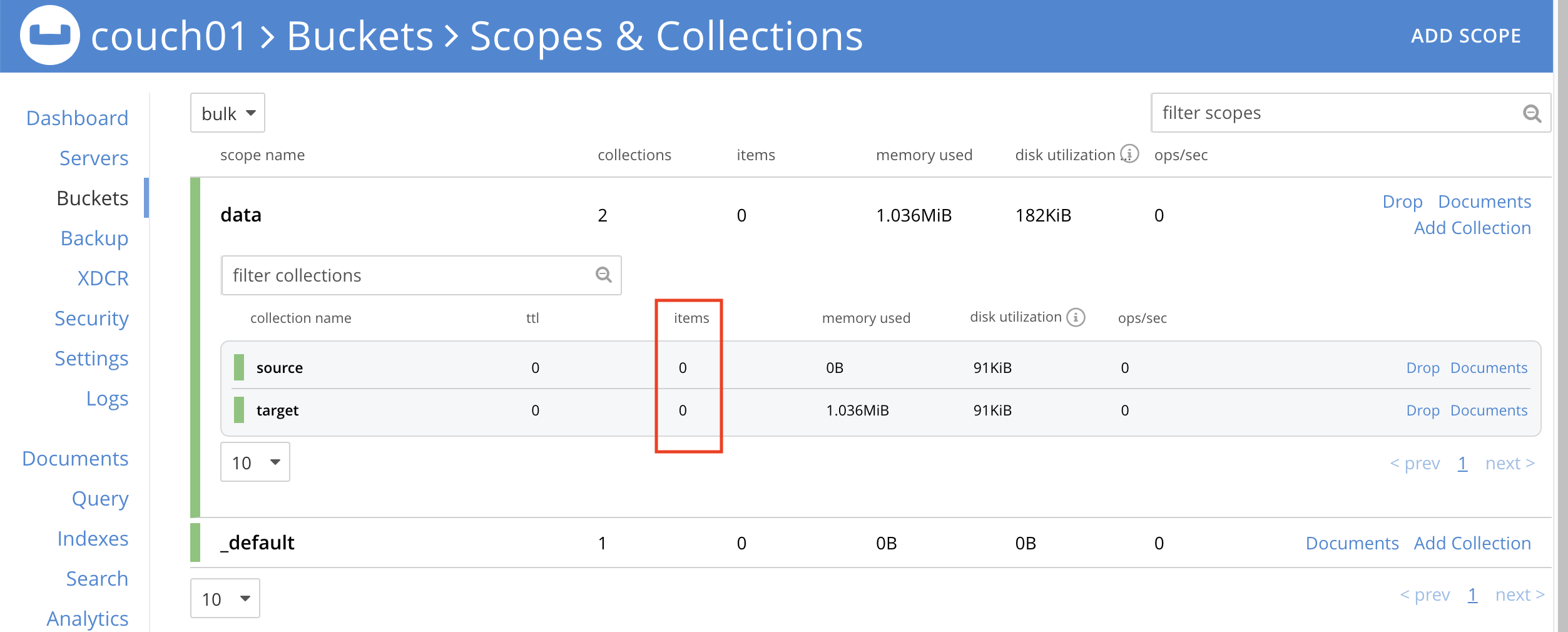
Be sure to cancel any outstanding timers before freeing the memory containing the callback function. You can cancel an active timer event at any time by using the timeKillEvent function. For example, if you specify a resolution of 5 and an event delay of 100, the timer services notify the callback function after an interval ranging from 95 to 105 milliseconds. The relationship between the resolution of a timer event and the length of the event delay is important in timer events. Periodic timer events with an event delay of 10 milliseconds or less consume a significant portion of CPU resources. The interval between periodic events is called an event delay. A periodic timer event occurs every time a specified number of milliseconds elapses. A single timer event occurs once, after a specified number of milliseconds. There are two types of timer events: single and periodic. Include the delay in the printed message. The third time will have a delay of 3 seconds, and so on. The second time will have a delay of 2 seconds.

Start with a delay of 1 second and then increment the delay by 1 second each time. One of the function's parameters is the address of a TimeProc callback function that is called when the timer event takes place. Write a script to continuously print the message Hello World with varying delays. This function returns a timer identifier that can be used to stop or identify timer events. At which point you can go through the procedure and halt the countdown again, but this is really a temporary solution to enable you to finish what you are doing and restart your computer in an orderly manner.After you have established your application's timer resolution, you can start timer events by using the timeSetEvent function.
#Cancel active timer update#
This will stop the 15 minute countdown, but Windows will automatically restart the Windows Update service and start another 15 minute countdown in a couple of hours unless your restart your computer. Find and highlight the row with the Name wuauclt.exe and Description of Windows Update.Click on the Details tab in Task Manager.Next we need to stop the Windows Update process. Right click and select Stop to temporarily stop the service.Find and highlight the row with the Name wuauserv and Description of Windows Update.To stop the service open Task Manager (Hit Win - R then type taskmgr). Set the timers expiry time as an absolute time. Get the timers expiry time as an absolute time. Cancels one asynchronous operation that is waiting on the timer. Cancel any asynchronous operations that are waiting on the timer.

The solution to stopping restart involves two stages, first stopping the Windows Update service, and second stopping the Windows Update process. Move-construct a basicdeadlinetimer from another. This answer was gleaned from many of the other answers and comments to this question. It appears that the answer to this question is evolving as Microsoft keeps making it harder to put off restarting. To prevent auto rebooting while logged on, please see for a registry hack.īe aware though that auto rebooting was not designed to give you a hard time, but rather because it is very necessary from a security point of view. Note that resetting the countdown stop by locking the computer might be disabled if update 2835627 was installed (by either yourself or your friendly administrator). Fastest way to stop the update service is using PowerShell or a commandline: Then you may decide to postpone rebooting until you do this yourself by stopping the update service. Prevent imminent reboot: WinKey + L (Lock your computer) and log on again

You can then either logon again (giving you valuable time to save the things you want saved), or stop the update service all together. Your computer won't restart if it is locked. One quick way to reset the timer, is to lock your computer (WindowsKey + L).


 0 kommentar(er)
0 kommentar(er)
